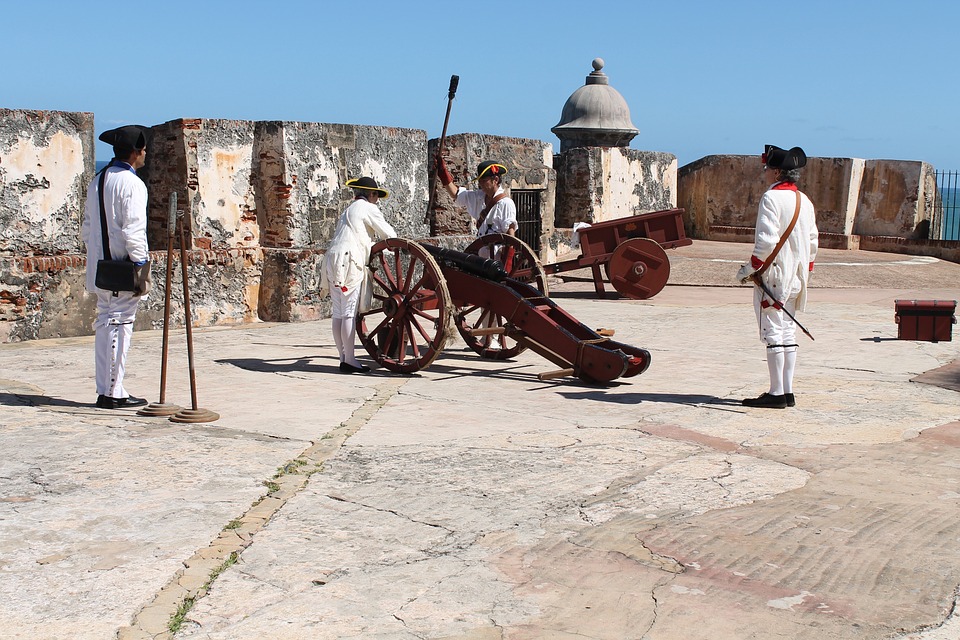Introduction
Situated in the southeastern region of Spain, Murcia is a hidden gem that often goes overlooked by travelers. With its stunning landscapes, rich history, and vibrant culture, Murcia offers a unique and unforgettable experience. From its picturesque cities to its beautiful beaches, this region has something for everyone. Let’s explore why Murcia is Spain’s best-kept secret.
Natural Beauty
Murcia is blessed with breathtaking natural beauty. The region is home to the Sierra Espuña Natural Park, providing a haven for outdoor enthusiasts. Hiking trails wind through lush forests, revealing hidden waterfalls and panoramic views. The Mar Menor, Europe’s largest saltwater lagoon, offers turquoise waters and pristine beaches for sunbathing and water sports. Whether you prefer mountains or the sea, Murcia’s natural landscapes will leave you in awe.
Cultural Heritage
Murcia boasts a rich cultural heritage that is evident in its architecture and traditions. The city of Murcia itself is a treasure trove of historical buildings, such as the impressive Cathedral of Santa Maria, a masterpiece of Spanish Baroque architecture. Visitors can wander through charming narrow streets lined with colorful houses, discovering hidden squares and cozy cafés. The region is also known for its traditional festivals, including the famous Semana Santa processions, which showcase centuries-old religious traditions.
Gastronomy
Murcia is a food lover’s paradise, offering a cuisine that reflects the region’s diverse heritage and natural resources. Sample local delicacies like Murcian gazpacho, a refreshing cold soup made with tomatoes, cucumbers, and peppers. Rice dishes, such as Caldero del Mar Menor, a flavorful seafood paella, are also a must-try. Murcia is renowned for its exquisite fruits, especially its plums and apricots. Don’t forget to accompany your meal with a glass of locally produced wine, such as the Murcia-designated wine known as Jumilla.
Outdoor Activities
Murcia offers a wide range of outdoor activities to satisfy adventure seekers. Besides hiking and beach activities, the region is a paradise for water sports enthusiasts. Enjoy diving in the crystal-clear waters of Cabo de Palos, known for its vibrant underwater ecosystem. Gently paddle along the Segura River on a relaxing canoe trip, or try your hand at rock climbing in the stunning cliffs of La Muela. For golf enthusiasts, Murcia is home to several world-class golf courses that attract players from all over Europe.
Hospitable Locals
One of the greatest joys of visiting Murcia is encountering the warmth and friendliness of the locals. Murcians are proud of their region and are always eager to share its secrets with visitors. Whether you need recommendations for the best tapas bars or help navigating the city’s maze-like streets, you can count on the locals’ genuine hospitality and willingness to assist.
FAQs
Is Murcia easily accessible?
Murcia is well-connected by air, with direct flights from major European cities to the region’s international airport, Región de Murcia International Airport. There are also excellent bus and train connections to neighboring cities and regions.
What is the best time to visit Murcia?
The best time to visit Murcia is during spring and autumn when the weather is mild and ideal for outdoor activities. Summers can be hot, especially in July and August, making it perfect for beach lovers.
Are English speakers commonly understood in Murcia?
While Spanish is the official language, English is widely spoken in tourist areas, hotels, and restaurants. Locals are generally accommodating and willing to communicate, even if there is a language barrier.
What are some must-visit attractions in Murcia?
Aside from the Cathedral of Santa Maria, explore the charming town of Cartagena, visit the Roman Theatre Museum, and discover the historical sites of Lorca. Additionally, don’t miss the opportunity to relax on the beautiful beaches of La Manga del Mar Menor.
Is Murcia safe for tourists?
Murcia is generally a safe region for tourists. However, it is always advisable to take common safety precautions, such as keeping an eye on personal belongings and avoiding secluded areas at night.

